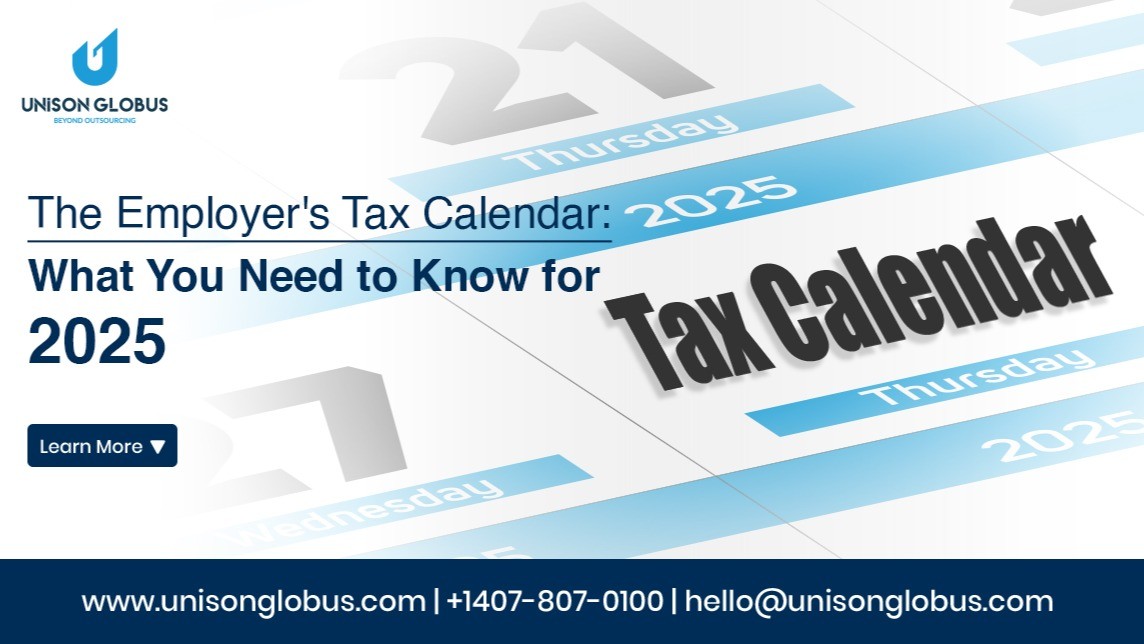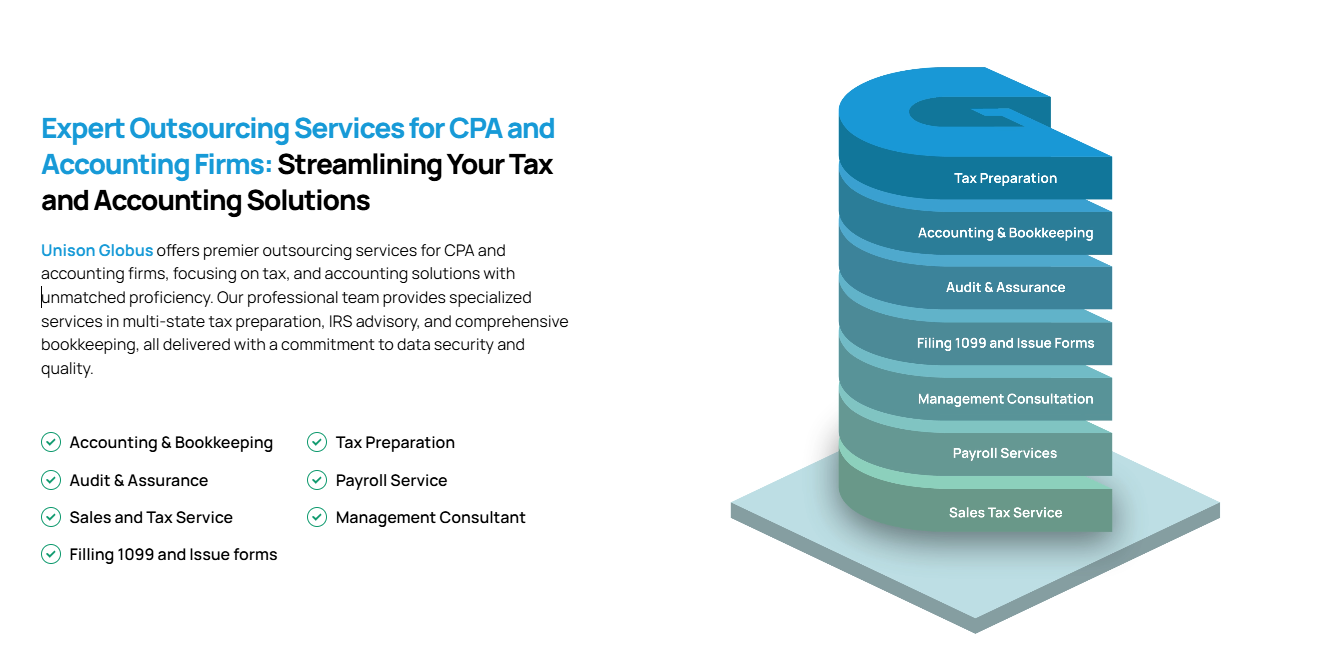Mid-Year CPA Tax Calendar: Extensions, Cleanup & Offshore Support

July changes the pace but not the workload.
With Q2 behind you, the focus shifts to what’s next - finalizing extended returns, prepping Q3 estimated payments, and closing out sales tax and 1099 follow-ups.
It’s the kind of work that takes time but rarely gets priority. Documents are still trickling in. Review queues are backed up. The calendar says “mid-year,” but for most firms, it still feels like a catch-up.
This period may not bring the intensity of April, but it comes with its friction in the form of steady deadlines, limited bandwidth, and work that still needs to move forward.
For firms considering offshore support, July through early September is the window.
The work is already in motion, with extensions, estimated payments, bookkeeping, and compliance cleanup. This is one of the only stretches in the calendar where onboarding help won’t slow you down.
In this blog, we discuss what firms are navigating during this phase and where offshore capacity shines.
Extension Returns: Clear Scope, Ideal Timing
For most firms, extended returns aren’t new work. They’re unfinished work.
The prep began months ago. The scope is already defined. What remains are follow-ups, missing documents, and that final push to review and file before the extended tax deadline of September 15.
This makes extension returns one of the easiest points of entry for offshore CPA accounting support. The workflow is already set, the data is mostly in, and the process just needs to move forward. If a firm is exploring tax extension outsourcing in the USA, this is the kind of work that elevates the model. No disruptions only streamlined progress.
That’s why many firms start here. Not because it’s less important, but because it’s less risky. With the right IRS extension filing service, firms can delegate defined work without taking their eyes off more strategic clients.
IRS Tax Filing Statistics: Deadlines, Extensions & Trends
Whether it’s closing out Form 1065s, 1120-S filings, or trust returns, this is where external support delivers visible results. By attaining clean files, faster reviews, and fewer bottlenecks heading into the final stretch.
Estimated Payments: The Deadline That’s Easy to Miss, and Hard to Rush
The September 15 deadline for Q3 estimated payments often overlaps with the extension season but the work involved is very different. Estimated payments depend less on filing forms and more on having clean, current financials that reflect the client’s actual position.
This is where gaps in books and reconciliations begin to affect advisory work. Clients with fluctuating income, investment activity, or pass-through structures rely on accurate data to avoid underpaying or overcompensating unnecessarily. If the numbers aren’t clear, even basic mid-year tax planning for businesses becomes guesswork.
Firms offering full-spectrum CPA accounting support in the USA recognize this period as a pressure point. Not because the filings are complex, but because poor data slows down decision-making. Estimated payments may seem routine, but they sit at the center of cash flow planning, year-to-date strategy, and client trust.
The firms that are ahead right now aren’t doing anything radical. They’re simply working from clean books, with processes that haven’t paused since April. The ones that aren’t? They’re still finalizing Q1 numbers and wondering how to back into an estimate before the 15th.
Catch-Up Season: Sales Tax, 1099s, and Everything That Slipped
By mid-year, most firms are juggling extension returns and planning for Q4 but there’s another category of work that quietly builds up: cleanup.
Sales tax filings, 1099 reconciliations, and lingering bookkeeping gaps don’t always come with hard deadlines, but they’re essential to keeping client files current. Whether it’s multi-state sales tax reports, outdated W-9s, or missing transaction data from earlier in the year, this kind of backlog tends to surface at this moment, when teams are already stretched.
This is also the time when clients start asking for records: lenders want updated P&Ls, investors need clean ledgers, and tax planning requests pick up. And when those reports are behind advisory stalls.
For firms that manage sales tax compliance services, this stretch is often the moment to get ahead, while the pressure is lower and the October deadlines haven’t yet hit. The same goes for 1099 tracking. Cleaning up now means smoother year-end prep later, without the last-minute rush.
It’s not just about staying compliant; it’s about staying ready.
Mid-Year Bookkeeping Services: Scope, Impact & Ideal Use Cases
What to Act on Before October Hits
By now, the patterns are familiar: known deadlines, structured scopes, and a pace that’s steady but no longer frantic. It’s not downtime, but it’s not firefighting either.
That makes this stretch ideal for strategic decisions, not just about what gets done, but how.
Some firms use this time to tighten internal reviews or prep clients for Q4. Others use it to revisit capacity and decide which parts of the work truly need senior attention, and which can be shifted elsewhere.
That’s where offshoring quietly becomes part of the equation. Not to solve a crunch, but to prevent one, by handling the kind of defined, repeatable work already in motion.
Mid-Year Accounting Health Checklist
✅ Q1/Q2 books closed
✅ Bank accounts reconciled
✅ 1099s and W-9s updated
✅ Sales tax filings current
✅ Estimated payments reviewed
Mid-Year Tax Work Breakdown: Extension vs. Payments vs. Cleanup
Here’s a breakdown of the three most common mid-year accounting tasks comparing deadlines, risk levels, client sensitivity, and suitability for offshore support.
Why Offshore Support Starts Here
When workflows are already defined, volume is steady, and support can be added without disruption. That’s what makes this phase so valuable. Not because the work is easy but because it’s ready to be handed off.
Firms aren’t outsourcing for coverage. They’re doing it to stay consistent.
Extension returns, IRS filing services, 1099 follow-ups, and sales tax compliance - these aren’t reactive tasks. They’re planned, scheduled, and time sensitive. The kind of work that moves faster with clear documentation and a focused team behind it.
Mid-year is when offshoring aligns without friction. The goals are already set. The deadlines are clear. And the opportunity isn’t about saving time; it’s about using it better.
If tax extension outsourcing in the USA is on your roadmap, this is the window where it works on your terms, before year-end volume takes over.
Clean books = better estimates, faster reviews, and smarter planning.
Unison Globus: Global Offshore Accounting Solutions
It’s when the calendar finally loosens its grip just enough to think about structure, not just output. And that’s exactly when Offshore accounting delivers the most value, especially for firms seeking CPA support for businesses that need consistency and scale.
At Unison Globus, we’ve built a model that’s different from traditional outsourcing. Offshore accounting means dedicated, U.S.-aligned professionals who work inside your systems, follow your workflows and integrate without friction. Whether you're managing catch-up bookkeeping services or looking for offshore accounting for CPA firms, there's no retraining, no chasing just capacity that feels like your own team, only global.
Ready to explore what offshore support could look like for your firm?
Let’s talk timing, scope, and what it would take to get you set up.
This Blog was originally posted here:
https://unisonglobus.com/cpa-tax-calendar-key-deadlines-for-estimated-payments-and-extensions/
Note: IndiBlogHub features both user-submitted and editorial content. We do not verify third-party contributions. Read our Disclaimer and Privacy Policyfor details.




